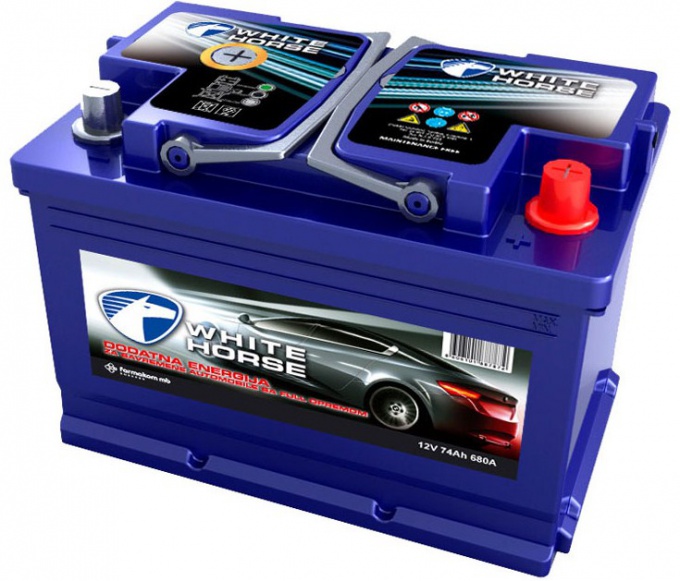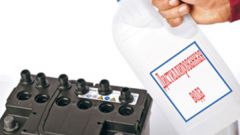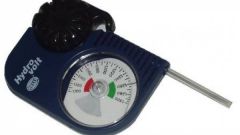You will need
- - the electrolyte;
- - additive;
- - distilled water;
- charger.
Instruction
1
Refill with fresh electrolyte. Its density should be 1.28 g/CC, Add an additive. The required number will look in the manual to the battery.
2
Leave the battery for 48 hours, it is necessary that the electrolyte is squeezed out excess air, and the additive is well dissolved. If you don't have enough volume of fluid, then top up with electrolyte to the recommended level. Usually the batteryx is the level to which needs to be poured electrolyte.
3
Connect the charger and turn the cycle "charge-discharge". It is necessary to restore the capacity of the battery, charge once is impossible. After a kind of "intensive care unit", turn on the device in the mode "charging". Turn on current of about 0.1 A, don't forget to follow the voltage at the terminals. Be careful, it is impossible to prevent heating or boiling of the electrolyte, if this happens, reduce the current. Charge as long as the clamp current will not reach 2.3 - 2.4 V on each of the sections.
4
Reduce twice the charging current and leave the battery for another 2 hours. At this time, the density of the electrolyte and the current should remain constant. If after pumping the battery fluid a little short, top up with electrolyte or distilled normal water.
5
Discharge the battery with the normal bulbs. Repeat the entire cycle with the battery first. It needs to pump properly. If the discharge takes place very quickly, try to add some more additive. This method of recovery capacity and efficiency will help extend the life of the battery for years to come.
6
If during charging the electrolyte boils hopeless, you can safely throw the battery, it has nothing to help. It can do the same with a frozen device, when even visually you can notice the "swollen" side.



